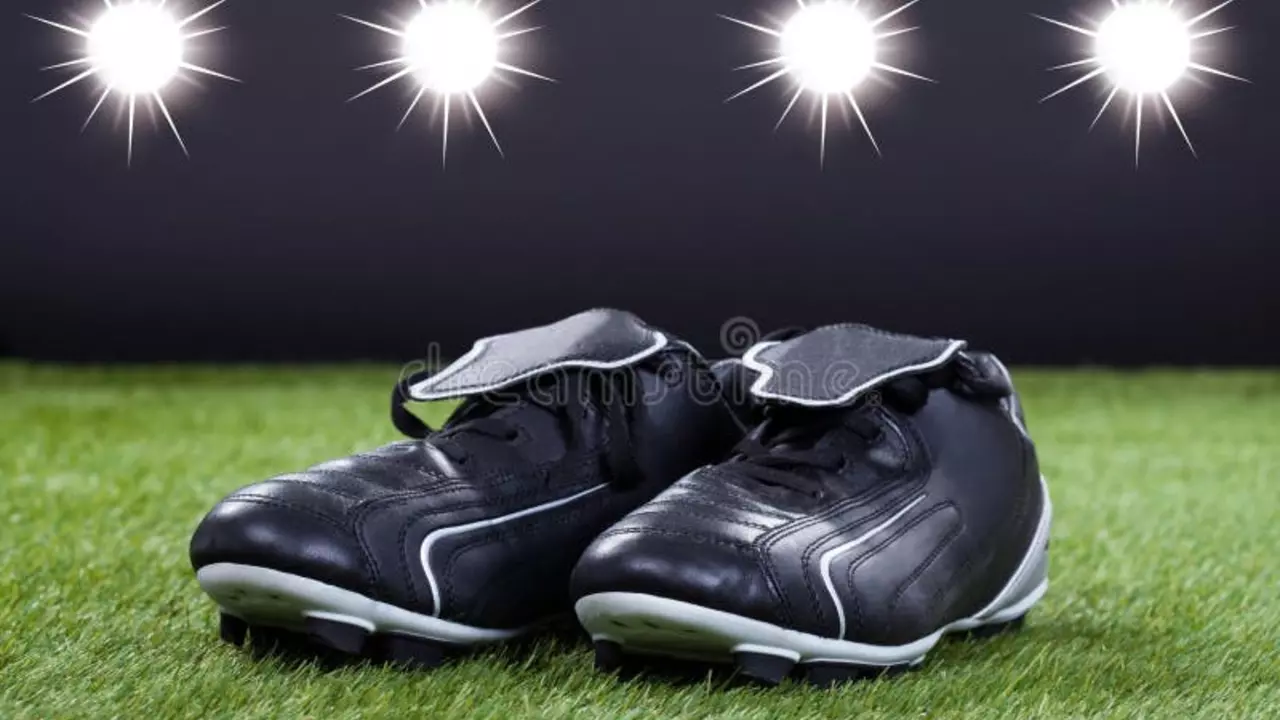Softball – The Game, the Gear, the Leagues
When talking about softball, a bat‑and‑ball sport played on a smaller field than baseball. Also known as soft ball, it comes in two main flavors: fastpitch softball, a fast‑tempo version with quick pitches and aggressive base running and slowpitch softball, a more relaxed style that uses high, arcing throws. Those two styles encompass the whole sport, so whether you’re swinging for power or chasing a speedy ball, you’re still playing softball.
Gear That Makes the Game Tick
Every game starts with the right softball bat, a lightweight aluminum or composite stick designed for quick swings. Pair that with a softball glove, a padded mitt that helps fielders catch the larger ball and you’ve got the basic toolkit. The ball itself is a bit bigger than a baseball, about 12 inches around, and it’s made of a solid rubber core wrapped in leather. In short, softball requires a bat and ball, plus the protective gear to play safely and competitively.
Beyond the basics, players often add helmets, batting gloves, and even weighted balls for training. Those accessories help improve swing speed, hand‑eye coordination, and overall confidence at the plate. If you’re new, start with a standard bat and glove combo, then upgrade as your skill level rises.
Leagues bring all that equipment together. A softball league, an organized group that runs regular games, tournaments, and season schedules can be found at every level—from youth rec teams to college varsity squads and adult social clubs. Most leagues have separate divisions for fastpitch and slowpitch, because each style has its own rules and pacing. This structure organizes competitions, tracks standings, and crowns champions at the end of the season.
What sets fastpitch apart is the emphasis on speed and strategy. Pitchers throw underhand at 60‑70 mph, forcing batters to react in a flash. Fielders must be lightning‑quick, especially on the infield. Slowpitch, on the other hand, uses a slower, high‑arc delivery that gives hitters more time to set up their swing, making power hitting the main focus. Both styles teach different skills, yet they share the same core equipment and field layout.
If you’re looking to join a team, start by checking local community centers, schools, or recreation departments. Many offer introductory clinics that cover the basics of grip, stance, and throwing mechanics. Once you’re comfortable, you can sign up for a league that matches your skill level and preferred style—fastpitch if you love the rush, slowpitch if you enjoy big hits.
All this background sets the stage for the articles you’ll find below. We’ve pulled together pieces that dig deeper into game tactics, training drills, equipment reviews, and league spotlights. Whether you’re a beginner curious about the first swing or a seasoned player hunting new strategies, the collection has something for you. Let’s jump in and explore the world of softball together.
In essence, your kid can wear soccer cleats for softball, but it's not the best idea. Soccer cleats are designed differently and lack the toe cleat that's common in softball cleats, which is crucial for quick starts or stops. While it won't necessarily harm them to wear soccer cleats, they might not provide the same level of performance or safety on the field. It's always best to get the appropriate gear for the particular sport to ensure safety and enhance performance.
